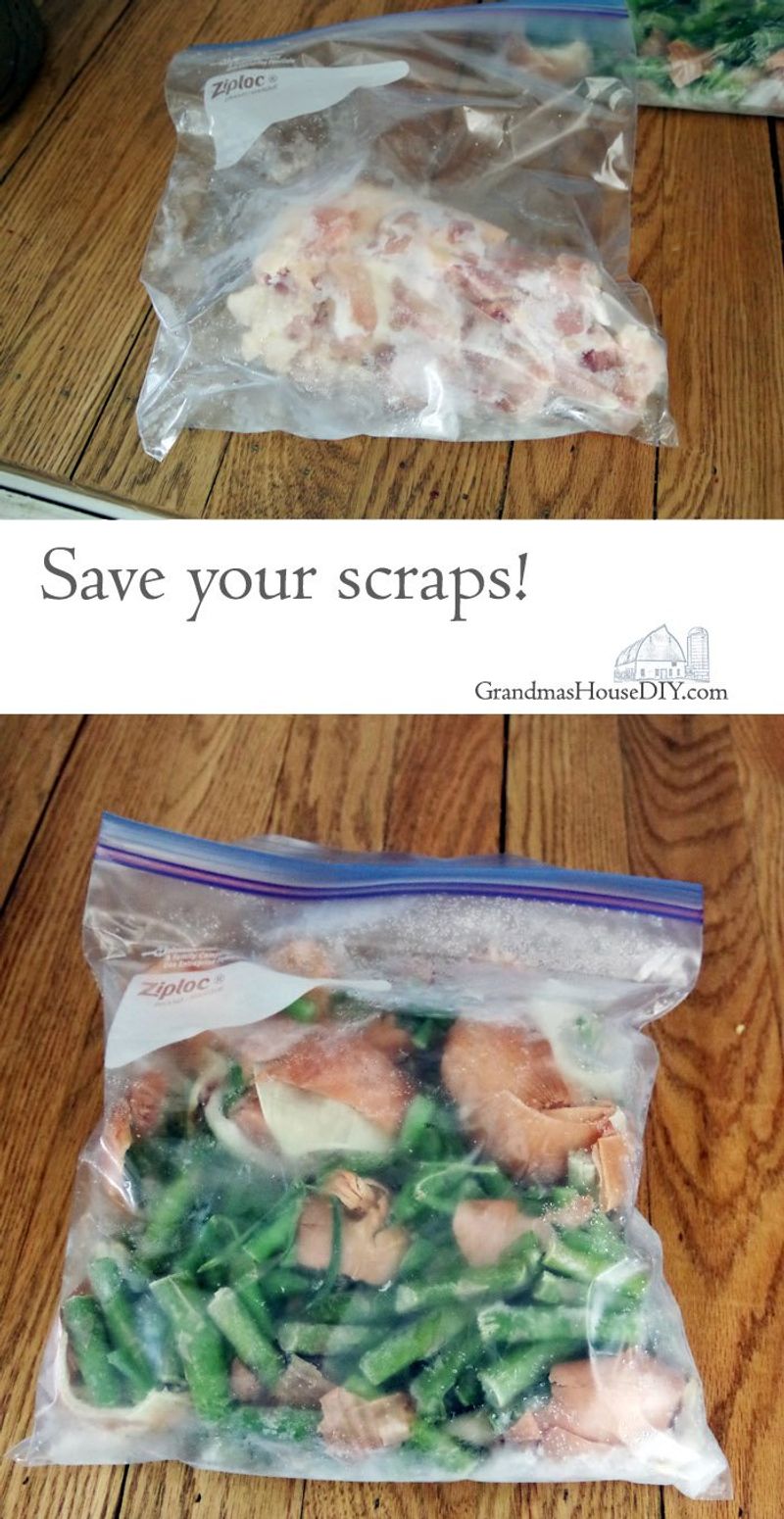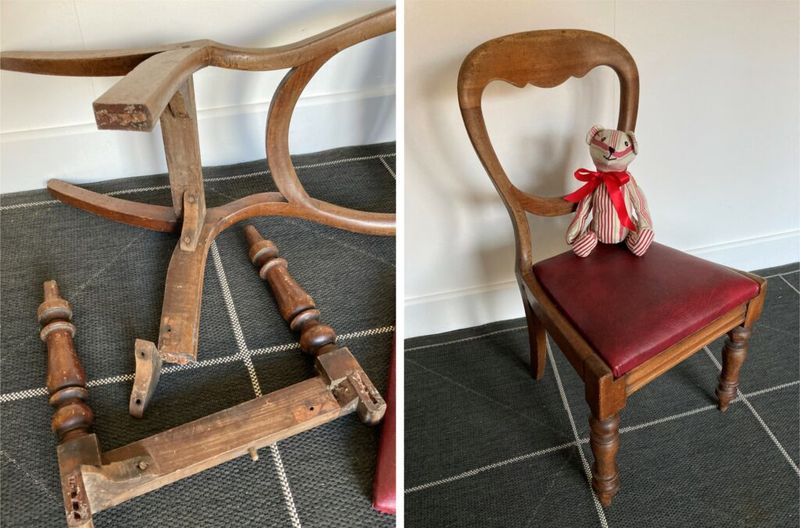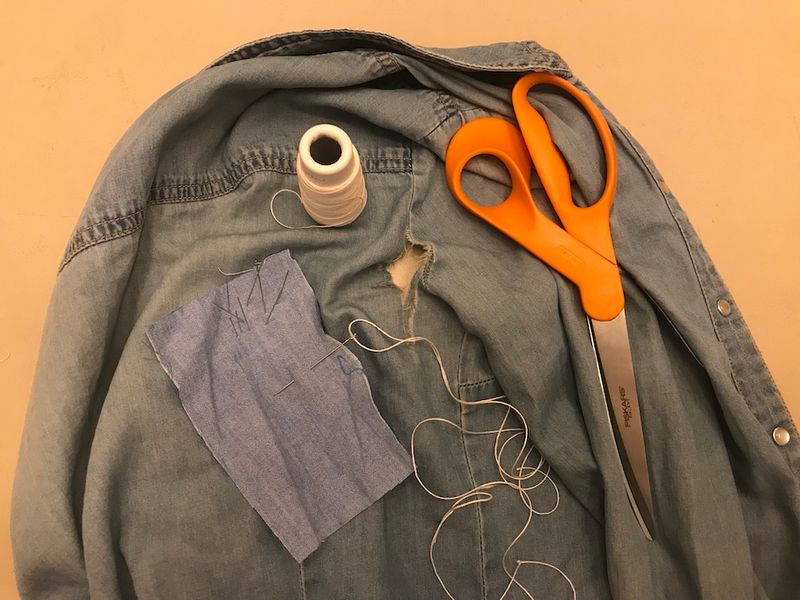Growing up with financial challenges often instills certain habits that last a lifetime. These habits, born out of necessity, reveal a childhood where every penny was stretched to its limit. Recognizing these patterns in daily life can offer a glimpse into one’s past financial struggles. From saving every scrap of food to making do with what one has, these behaviors speak volumes about a resourceful upbringing. This article explores fourteen such habits, each a testament to resilience and ingenuity, proving that the skills learned in tough times often become lifelong companions.
1. Saving Every Scrap of Food

Wasting food was never an option. Each meal was a strategic exercise in saving leftovers. Whether it’s freezing bits of leftover dinner or repurposing them into a new dish, the habit of conserving food is deeply ingrained. Food security once meant ensuring nothing went to waste. This practice extends beyond mere frugality; it’s a testament to resilience. Even today, people with this habit see potential in every scrap, transforming them into culinary gems. This resourcefulness reflects a childhood where every meal was precious.
2. DIY Fix-It Projects

A pile of tools was always nearby, ready to breathe new life into broken items. Repairing rather than replacing was a common practice. This habit stems from a time when buying new wasn’t feasible. It nurtured a spirit of creativity and problem-solving. Tackling a chipped mug or a squeaky chair, these projects were often family activities. The satisfaction of fixing something with your own hands is unmatched, and it carries on today as a cherished skill.
3. Wearing Hand-Me-Downs

Hand-me-downs were not just a necessity but a rite of passage. Each garment had history, carrying memories from siblings or cousins. This practice not only saved money but also taught adaptability and appreciation. Clothes were often altered to fit better, showcasing early lessons in sewing. Wearing pre-loved clothing nurtured a sense of style unique to the wearer. Today, thrifting remains a testament to those early years, where fashion was creatively repurposed.
4. Reusing Old Containers

Every container had potential, finding new life beyond its original purpose. Jars, tins, and boxes became storage solutions, a habit rooted in resourcefulness. This practice highlights a childhood where waste was inexcusable. Each container told a story, filled with buttons, nails, or spices. This frugal habit transformed ordinary packaging into a treasure trove of organization. Today, reusing containers is a sustainable choice, reflecting lessons from a past where nothing was discarded lightly.
5. Cash-Only Purchases

The envelope system was a staple in many households, with cash allocated for essentials. This method of budgeting was a practical lesson in money management. Credit was rarely an option, and each dollar spent had to be accounted for. This disciplined approach instilled a strong sense of financial responsibility. Even today, many who grew up with this method prefer cash transactions. They appreciate the tangible control over spending, a habit rooted in necessity.
6. Gardening for Food

Growing vegetables wasn’t just a hobby; it was a means to supplement the family diet. Gardens were cultivated with care, each plant a potential meal. This practice taught patience and the rewards of nurturing nature. Homegrown produce meant fresh and affordable meals. The connection with the earth fostered a deep appreciation for every harvest. Today, gardening remains a beloved pastime, reflecting a legacy of self-sufficiency and love for homegrown goodness.
7. Making Homemade Gifts

Birthdays and holidays called for creativity in gift-giving. Homemade presents were heartfelt, often crafted with care and personal touches. This practice taught the value of thoughtfulness over materialism. Each gift was unique, reflecting the giver’s time and effort. Skills like knitting, painting, or woodworking were honed, creating presents that were cherished. Even now, the preference for homemade gifts persists, rooted in those early lessons of love and creativity.
8. Energy Conservation

Reaching for the light switch was second nature, conserving energy ingrained in daily life. Household rules often included limited hot water use and unplugging devices. This habit stems from a time when utility bills were closely monitored. Energy conservation taught valuable lessons in sustainability. Today, these practices continue, motivated by environmental consciousness. The simple act of switching off lights is a nod to past struggles, a small but impactful habit.
9. Clipping Coupons

The Sunday ritual of clipping coupons was a family affair. Each one represented an opportunity to save, stretching every dollar further. This practice taught the value of discounts and strategic shopping. Coupons were meticulously organized, ready for weekly store visits. The thrill of finding a great deal was a small victory, celebrated by all. Although digital, couponing persists today, a cherished habit from those thrifty childhood days.
10. Library Visits

Libraries were gateways to adventure, offering endless stories for free. Weekly visits fostered a love for reading without financial burden. This habit nurtured curiosity and imagination, providing hours of entertainment. Libraries also became community hubs, places of quiet reflection and learning. Today, despite digital media, the appeal of libraries endures. The habit of borrowing books remains a tribute to a childhood where knowledge was priceless.
11. Sewing and Mending

Needle and thread were always within reach, ready to fix any tear. Mending clothes was a way of life, extending the life of every garment. This practice taught patience and precision, skills that were highly valued. Sewing allowed for personal expression, with patches and alterations adding flair. Today, these skills are celebrated for their sustainability. Mending clothes is a nod to a past where practicality met creativity, crafting a unique style.
12. Batch Cooking

Cooking in large quantities was a strategy to save time and resources. Meals were carefully planned and prepared to last the week. This habit taught efficiency and organization in the kitchen. Batch cooking ensured that there was always a meal ready, reducing the temptation to eat out. Today, it remains a practical approach to meal planning, rooted in a history of making the most out of what was available.
13. Collecting Rainwater

Every drop of rain was a precious resource. Collecting rainwater was a practice that conserved and utilized nature’s gift. This habit taught respect for the environment and resourcefulness in daily life. Water was used for gardens or cleaning, a reminder of limited supplies. Today, rainwater collection is embraced for its sustainability. The practice is a tribute to a childhood where every resource was valued and wisely used.
14. Handwashing Laundry

Washing clothes by hand was a labor of love, a task done with care. This method saved on electricity and water, teaching patience and diligence. Each garment was handled gently, prolonging its life. Handwashing became a ritual, a time for reflection amid the suds. Today, it symbolizes a time when convenience was a luxury. Handwashing laundry is a nod to a sustainable past, where every chore was a mindful act.

